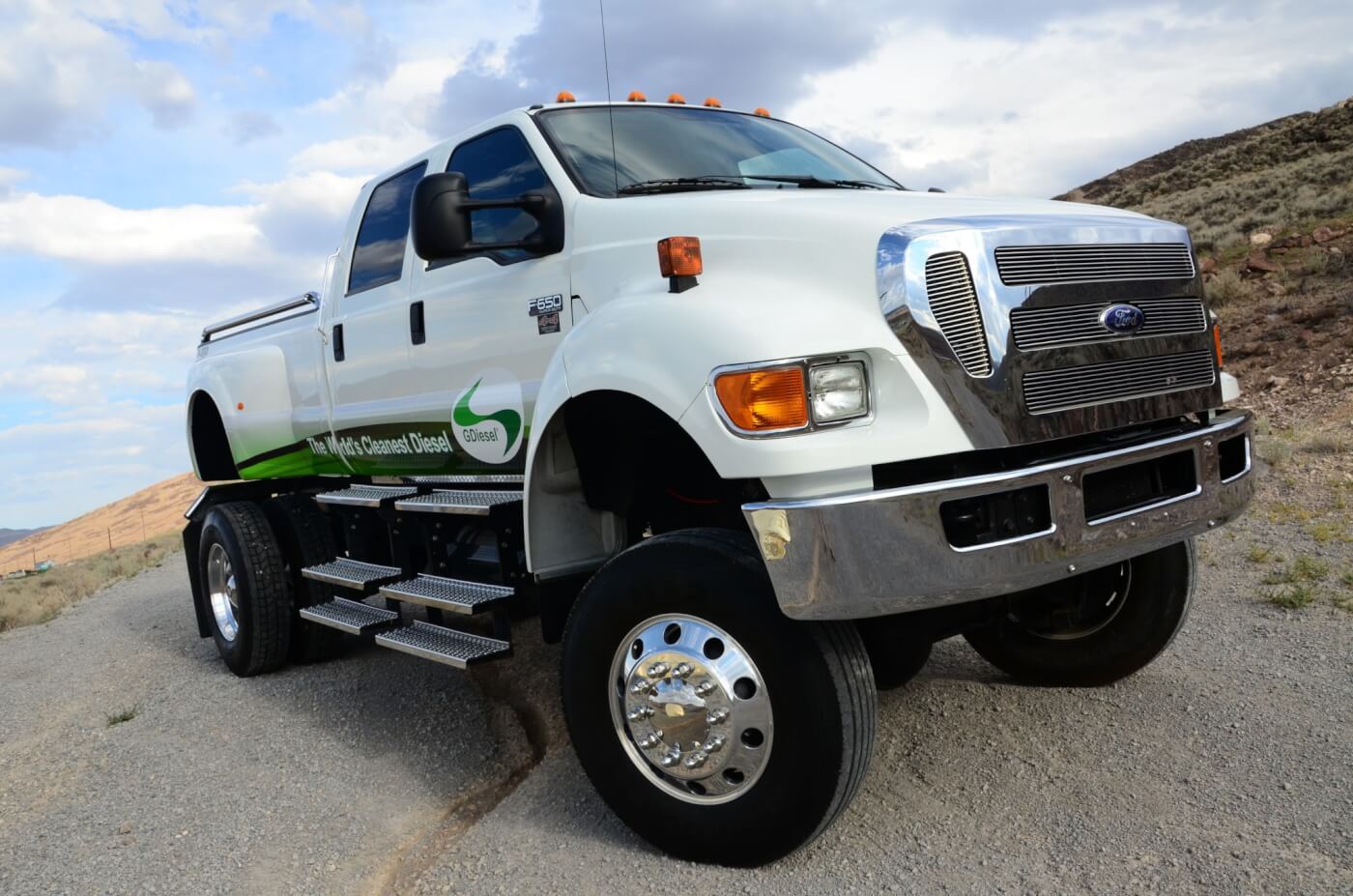Ford F650 Spotlights New GDiesel Fuel
The massive Ford F650 is an imposing industrial-duty rig, typically outfitted with a dump bed or cargo box. So what does it take to turn a big 650 into a good-looking personal pickup with four-wheel drive? Chuck Bump can tell you.
Bump’s 2009 Ford F650 started out as a utilitarian 2WD cab/chassis setup. Instead of fitting the rig with a functional flatbed, his workhorse became a parade float for Chuck’s employer, Advanced Refining Concepts (ARC). This firm is the inventor and refiner of a new, high-quality alternative fuel called GDiesel (see sidebar). Bump’s Clydesdale, even though it’s now groomed for parade duty, can still pull with the best of them. But what did it take to get it so prettied up?
Manning Equipment handled the chassis work, converting the Ford F650 to 4WD, and adding a pickup bed.
Bump bought his truck in 2014 from Jones West Ford in Reno, Nevada. Despite being five years old, the truck has just 18,000 miles on it, which meant the 6.7L Cummins engine was just barely broken in. The first owner of the truck had already replaced the factory seats with four National Premium Medium Duty Air ride seats. They feature three different lumbar air chambers and two bolster air chambers that provide extra comfort when Bump is riding high and living large.
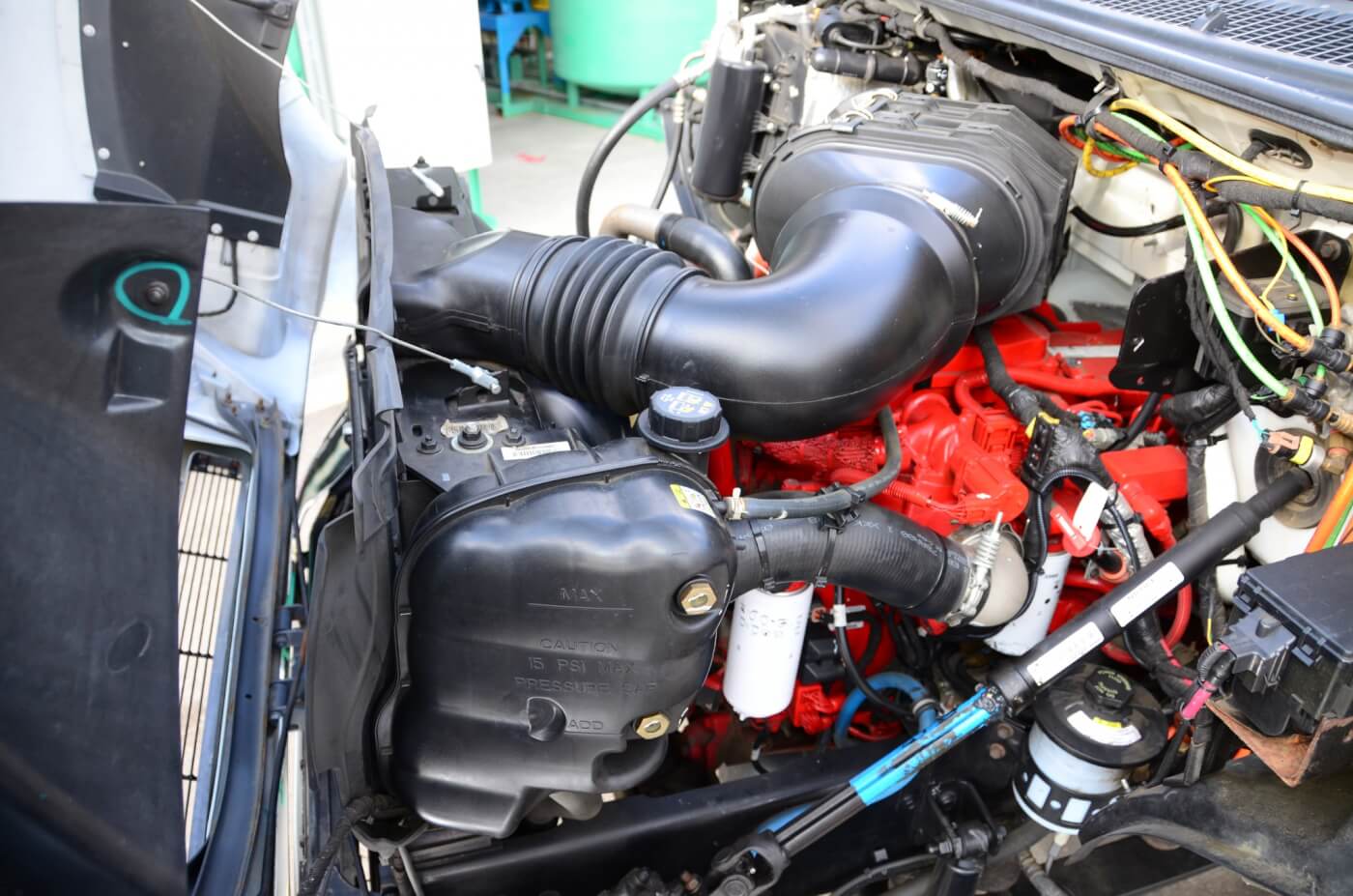
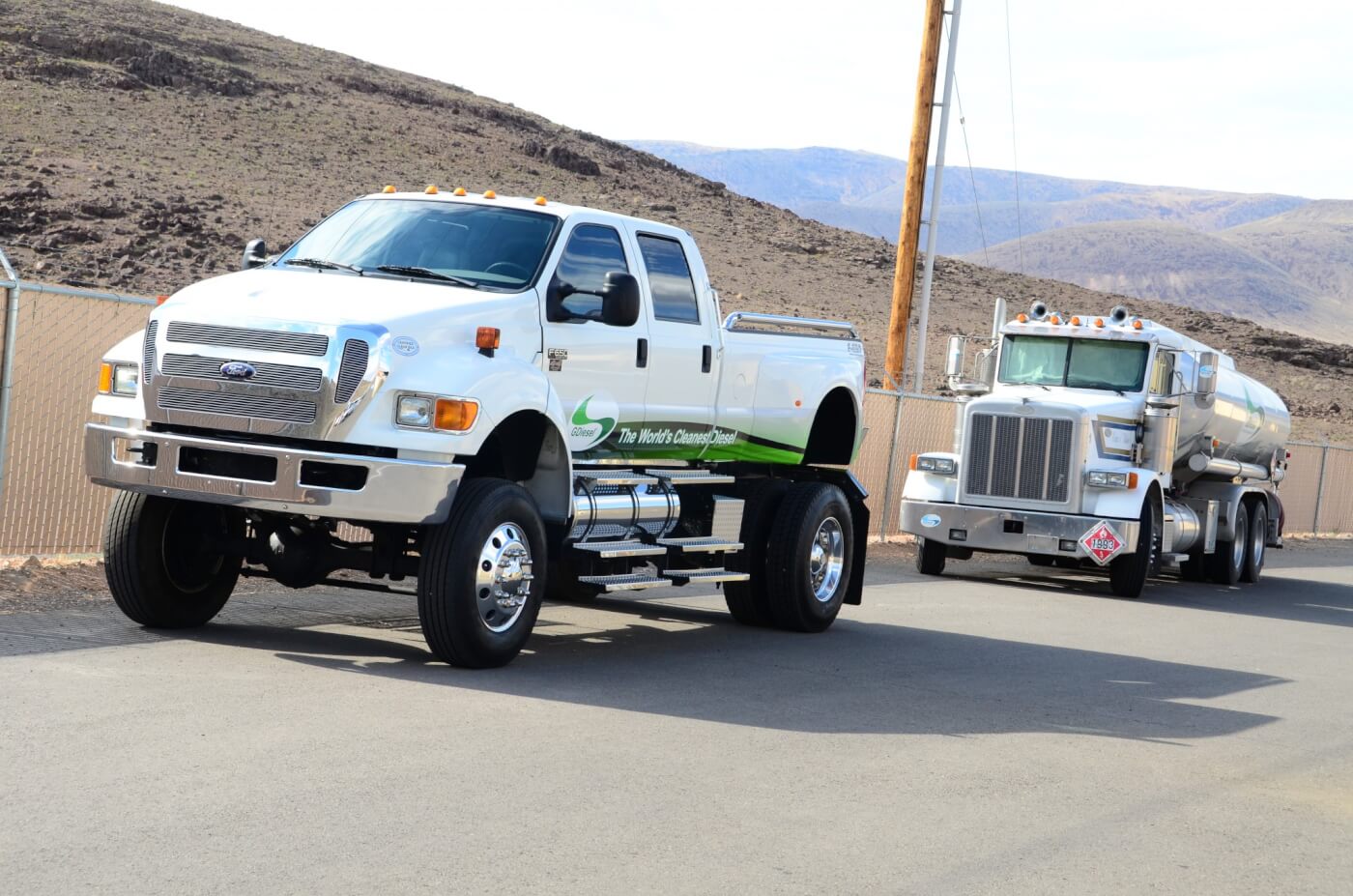
Manning Equipment handled the chassis work, converting the Ford F650 to 4WD, and adding a pickup bed. For the latter, Manning’s VP of Sales, Mark Payton, says the frame rails must be shortened to 56 inches CA (Cab-Axle, measuring from the back of the cab to center of the rear axle). The rear axle simply slides forward, and the excess length of the frame rails is cut off.
The bed rises nearly a foot above the frame rails. It’s a standard OEM unit with a tailgate, fender flares, and chromed bed rails and bumper. Bump installed a Transfer Flow combination toolbox and fuel tank.
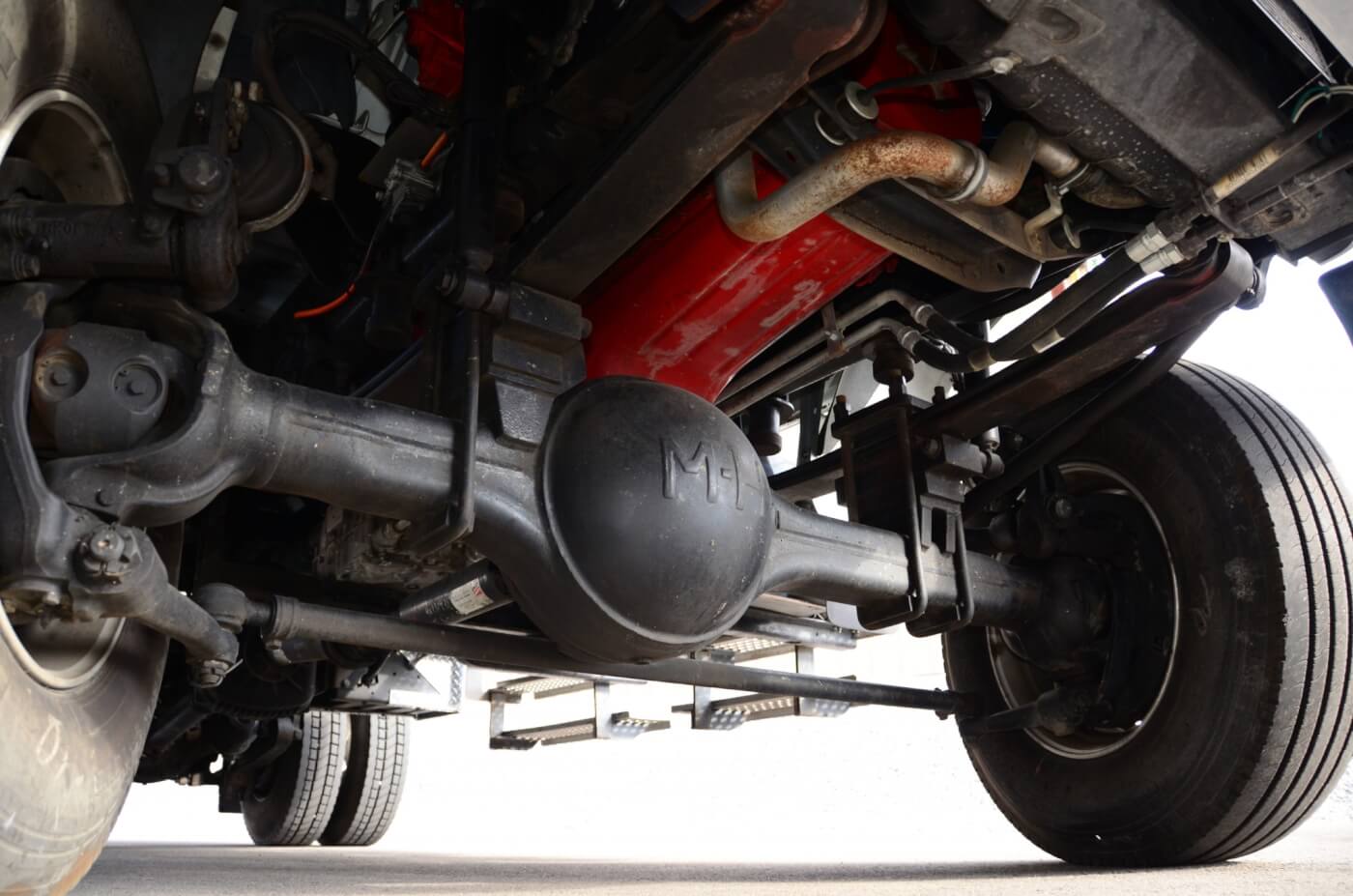
Since getting access to the cargo area is much harder than on a conventional pickup, a collapsible ladder is attached to a bracket that folds up neatly on the tailgate. To climb into the lofty bed, Bump rotates out the bracket and slides the ladder’s lower section down to the ground.
The 4WD conversion was far more complicated. The steer-drive front axle was replaced with a Marmon Herrington front-drive drop axle in a center bowl configuration with automatic slack adjusters for the air brakes. Double cardan joints are used in the two-piece front driveline, mated to a Marmon Herrington MVG750 two-speed transfer case with an air-shift mechanism.
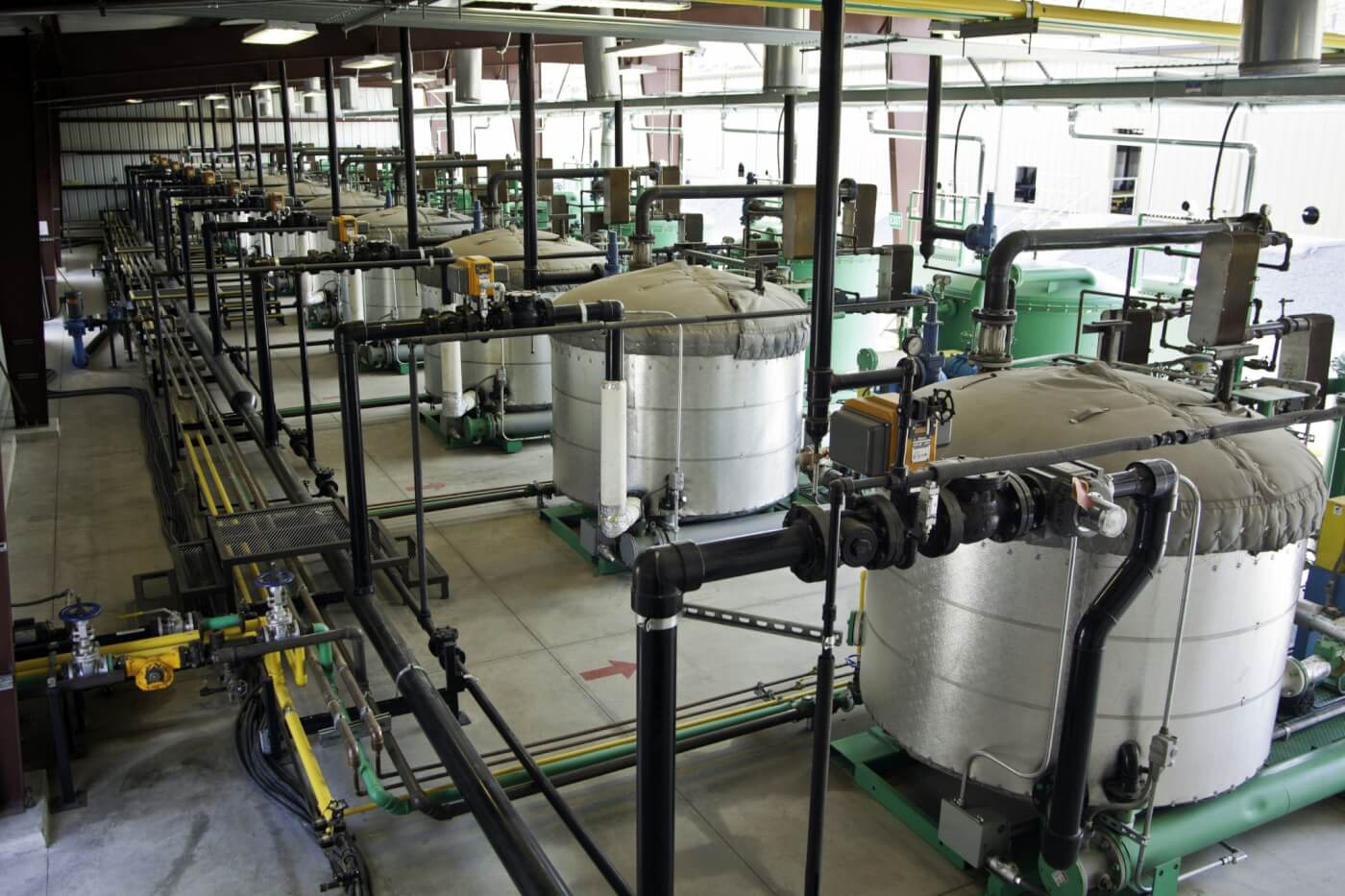
WHAT EXACTLY IS GDIESEL?
While the “G” in its name could be interpreted in various ways, the official version refers to the natural gas used to re-refine No. 2 diesel into an alternative fuel that’s markedly improved in several areas. Invented by Dr. Rudolf W. Gunnerman (who has several other fuel technology patents to his credit), GDiesel is not a biofuel, and has a lower molecular weight and burns more efficiently than conventional diesel.
The basics of the patented ClearRefining process used to make GDiesel are relatively simple. It begins with standard ultra-low sulfur diesel fuel (ULSD) that you’d buy at any filling station. This feedstock is first pressurized in a steel tank to about 10 psi and heated to about 250 degrees F (much lower levels than those required during typical refinery processes). Natural gas, the same stuff used for cooking and heating, is piped into the tank of diesel, and the resulting mixture swirls up and through a wheel-shaped filter wrapped with four different metal catalysts (cobalt, among others).
As most chemistry students already know, catalysts are substances that modify and increase the rate of chemical reactions without undergoing any permanent chemical change themselves or being consumed in the process. In the case of GDiesel, the metal catalysts cause the gas molecules to chemically bond with the liquid. This newly formed mix of gas and liquid diesel then flows through a layer of plastic pellets to facilitate condensation, and through a heat exchanger for cooling. The final stage involves running the GDiesel through a 15-micron filter to ensure purity.
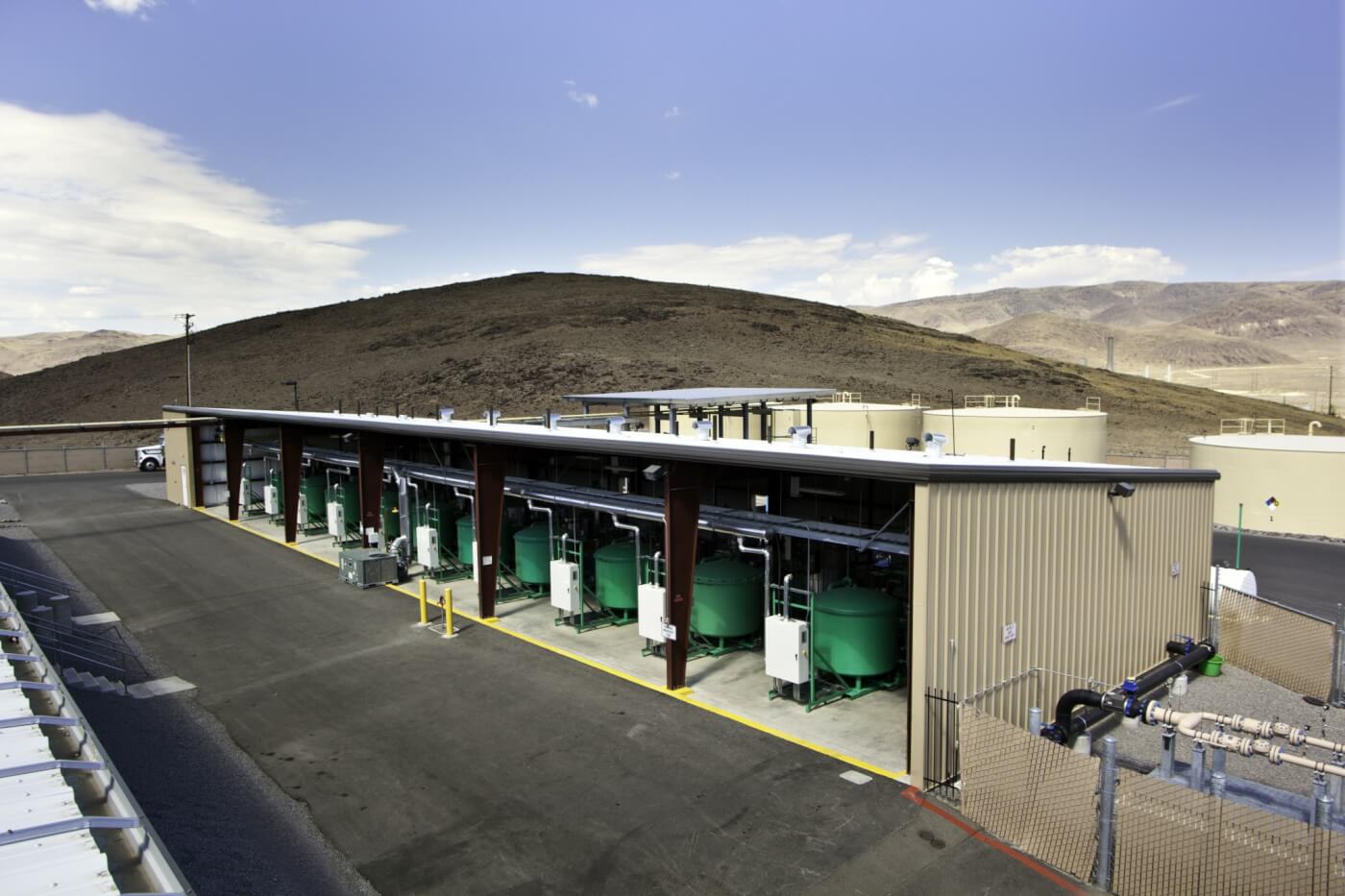
In more precise technical terms, what the ClearRefining process does is take the asymmetrical distribution of hydrocarbon chains in ULSD and transforms it into a more uniform output. Shorter-length hydrocarbon molecules combust more completely than longer chain molecules. As a rough analogy, it’s like putting smaller pieces of wood on fire rather than a big log.
The results are impressive in both efficiency and emissions. Independent reports from fleets using GDiesel indicate that improvements in mileage range from 10 to 35 percent, depending on the engine and vehicle. We’ve personally measured a 21 percent gain in a 1996 Dodge Ram with a 12V Cummins, noting an immediate increase from 19 to 22 mpg, while cruising on the highway with a double-overdrive gear splitter.
In addition, GDiesel’s more uniform hydrocarbon chain distribution provides more complete combustion in an engine, resulting in lower CO2 and NOX exhaust emissions, as well as reduced smoke and odor. A recent study done by Dr. Eric A. Lutz, Assistant Professor and Director of Mining Safety and Health Programs at the University of Arizona, demonstrated GDiesel’s significantly lower diesel particulate matter—66 percent—compared with low-sulfur No. 2 diesel. (By comparison, biodiesel reduced particulates only 33 percent.) His research further indicates that GDiesel also resulted in a reduction in all other exposures except CO.
While some diesel performance enthusiasts might not be personally concerned about emissions, it has become a health issue of late in the wider community, so emitting less black exhaust smoke is a real plus. GDiesel offers an immediate remedy, along with a significant improvement in fuel consumption in most applications.
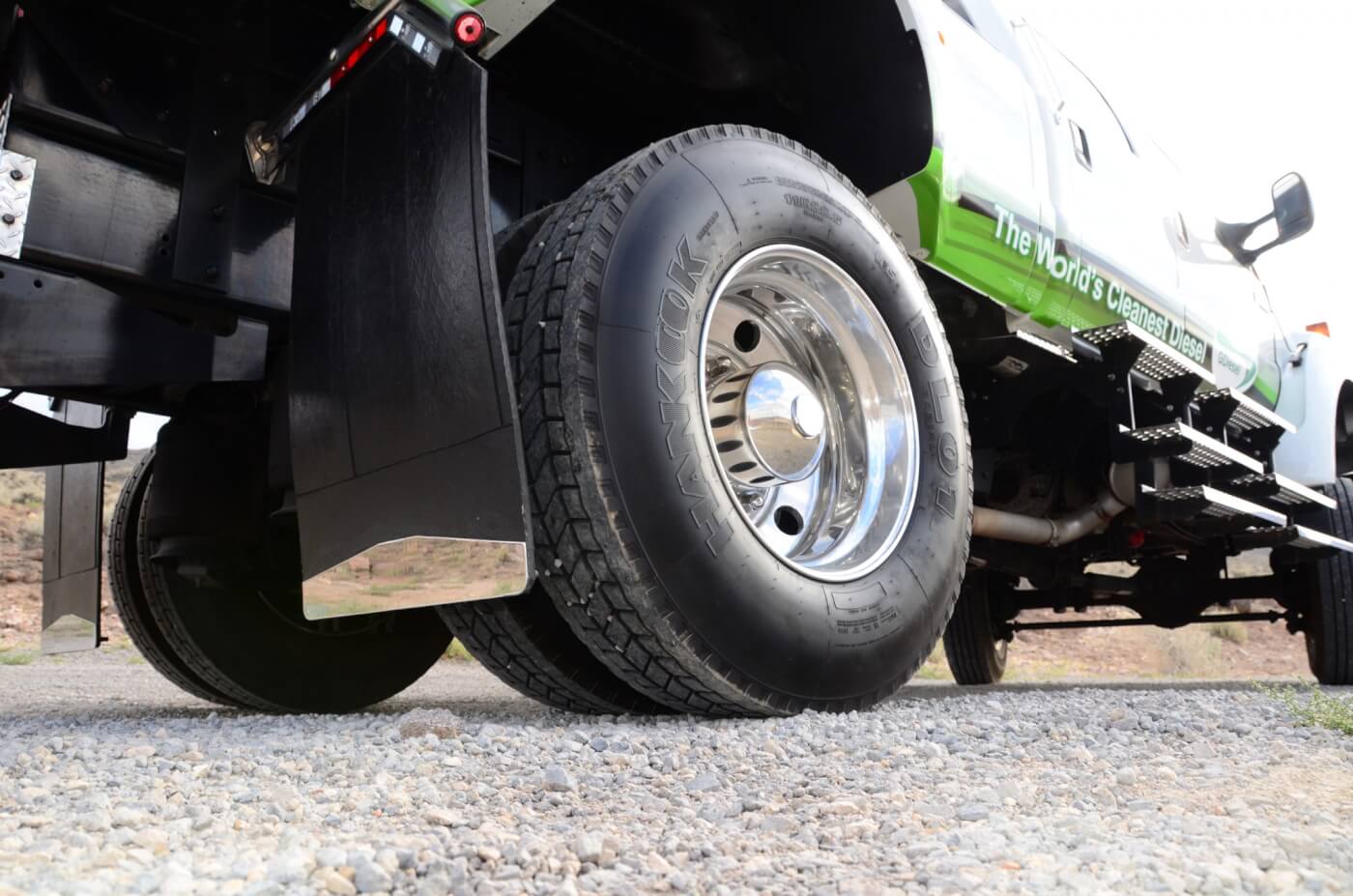
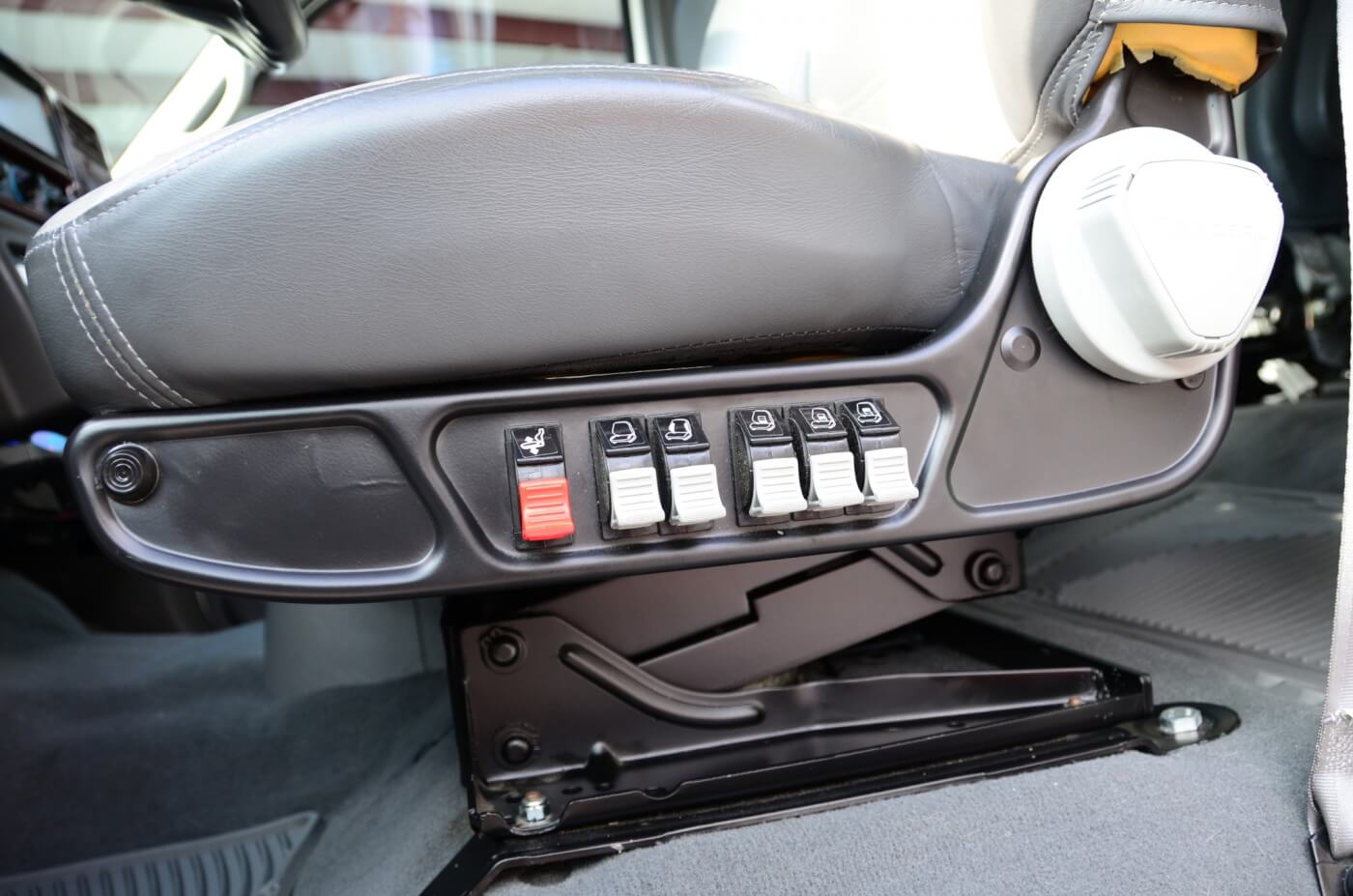
Specific restrictions are involved in this setup. You can use only a 43B or 43C OEM front axle (with the drive axle rating the same as the factory GAWR). Normally, a five-speed automatic transmission is used, rather than a six-speed; otherwise the sixth gear must be deleted.
The suspension conversion is not available with a two-speed rear axle, and either the 91B or 91D exhaust systems are required. Only air brake drums (measuring 16.5 x 5.5 inches) will work with this setup, along with 22.5-inch wheels, and an air-ride suspension and/or a high-CG body. Note, too, that the step-frame conversion needs some 30 inches of additional length on the CA dimension.
To give this big bad boy some bling, Bump added diamond plate covers on the battery boxes, along with the side and rear body trim. To broadcast the merits of GDiesel, J&R Sign in Reno applied a wrap with the company logo prominently displayed. It’s a crowd favorite at events such as the 2014 Elko Mining & Equipment Show and the Reno Safety Fair, and just about anywhere Bump rolls.
The signage is designed to make the most of his frequent trips. The can’t-miss-it presentation towers over commuter cars and even most lifted pickups. “This truck is my daily driver and is used for grocery shopping,” he says. It could probably haul enough food and supplies to empty a Costco warehouse—and do it with style! DW
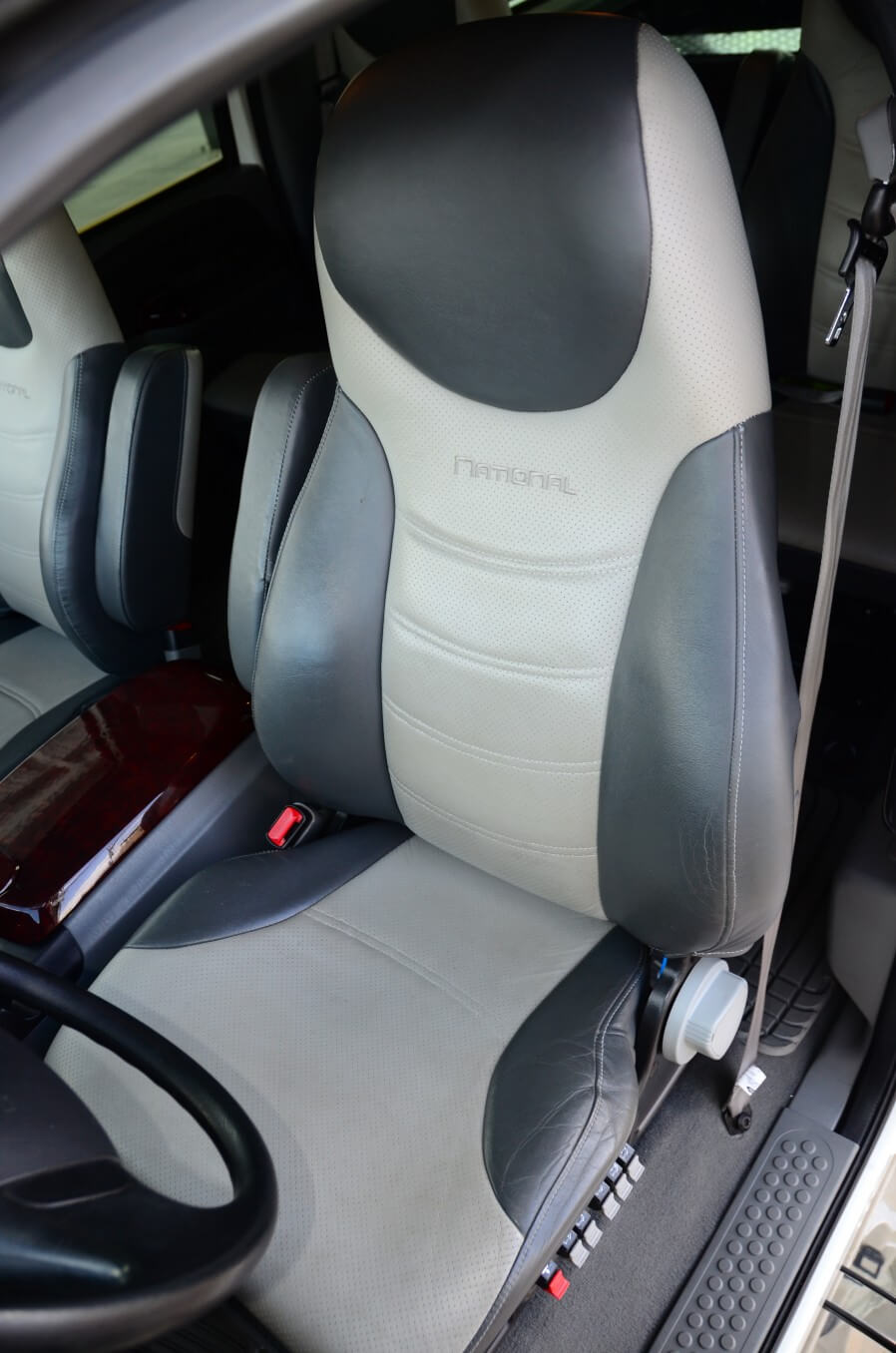
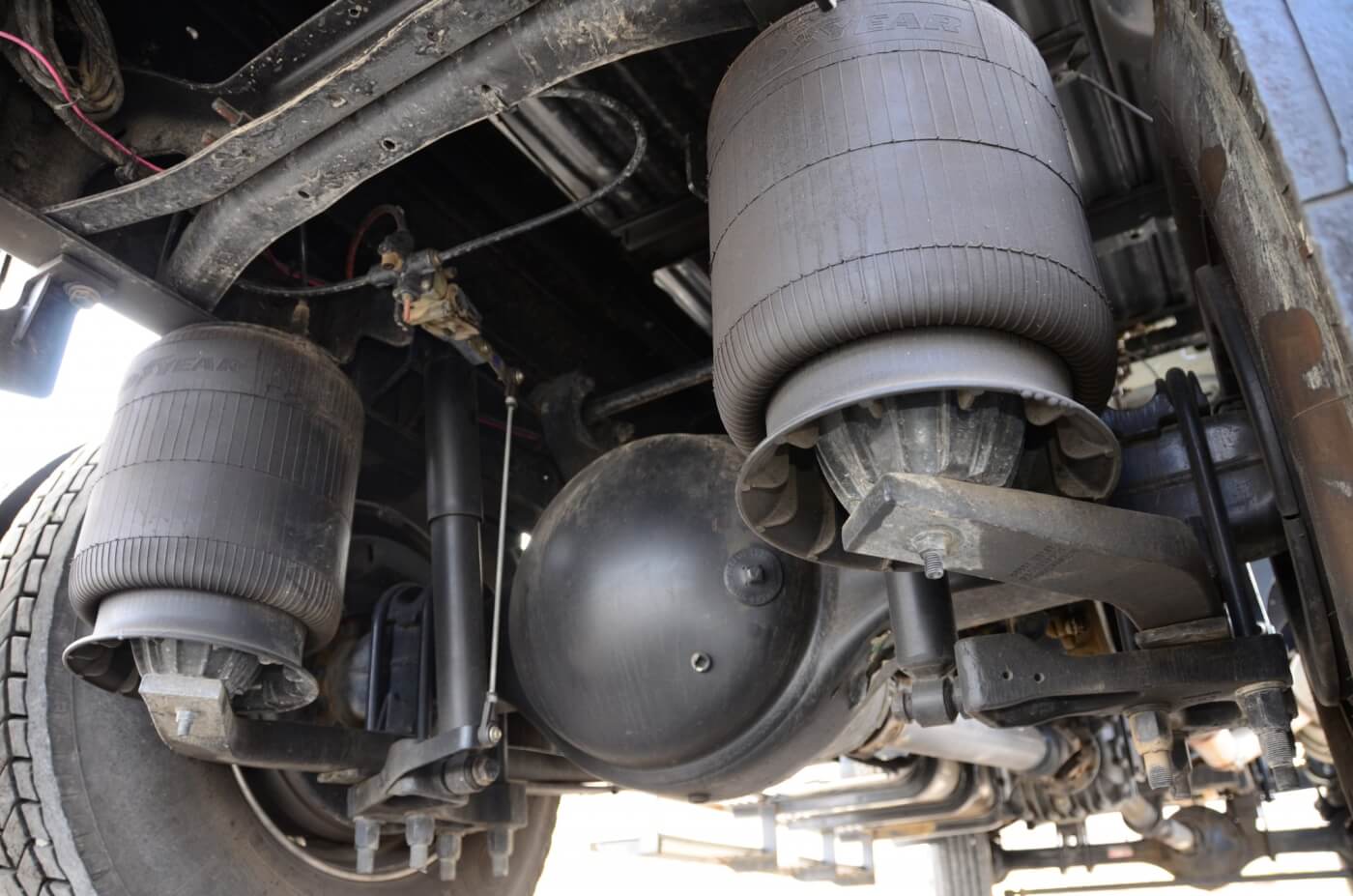
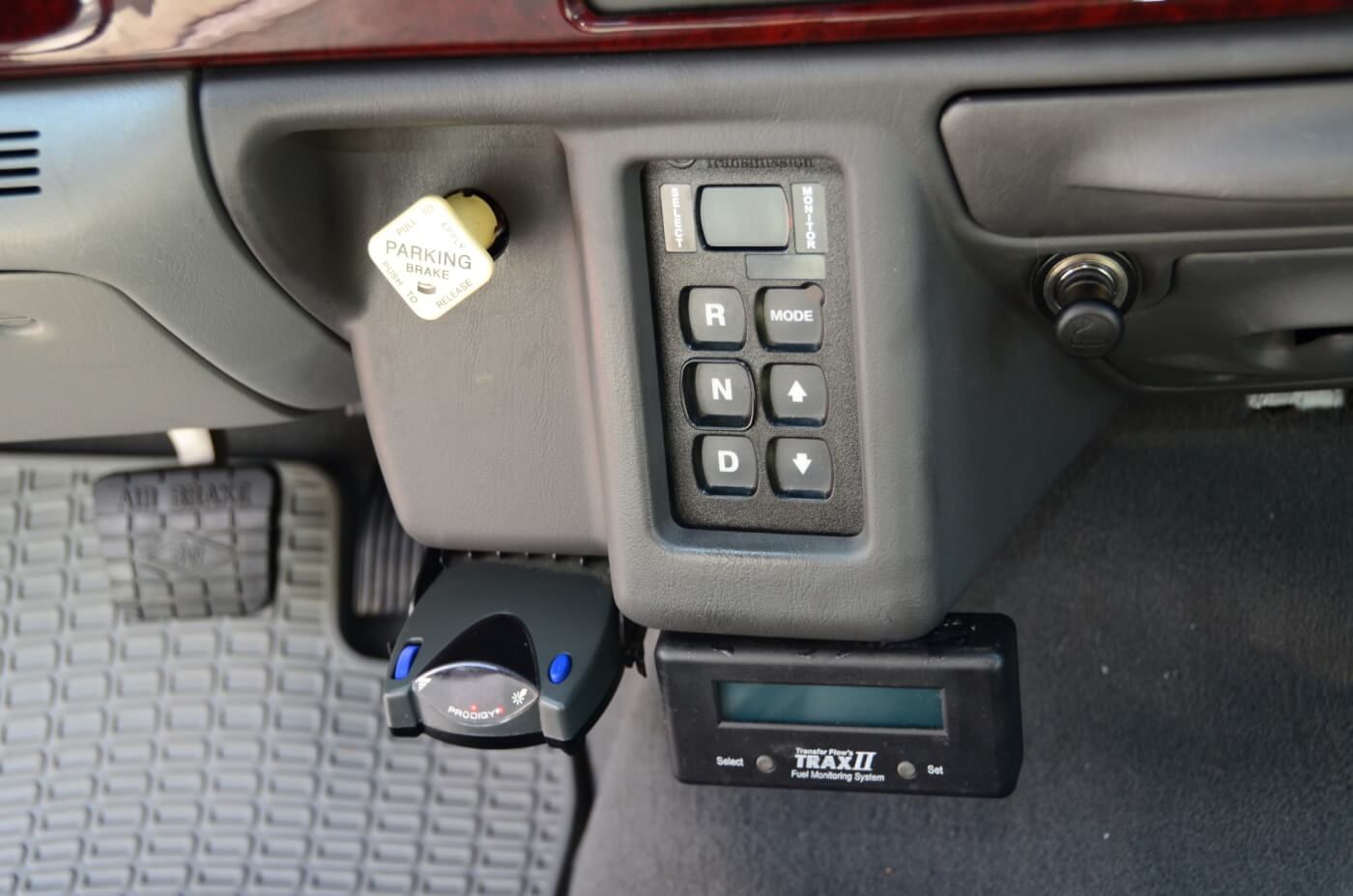
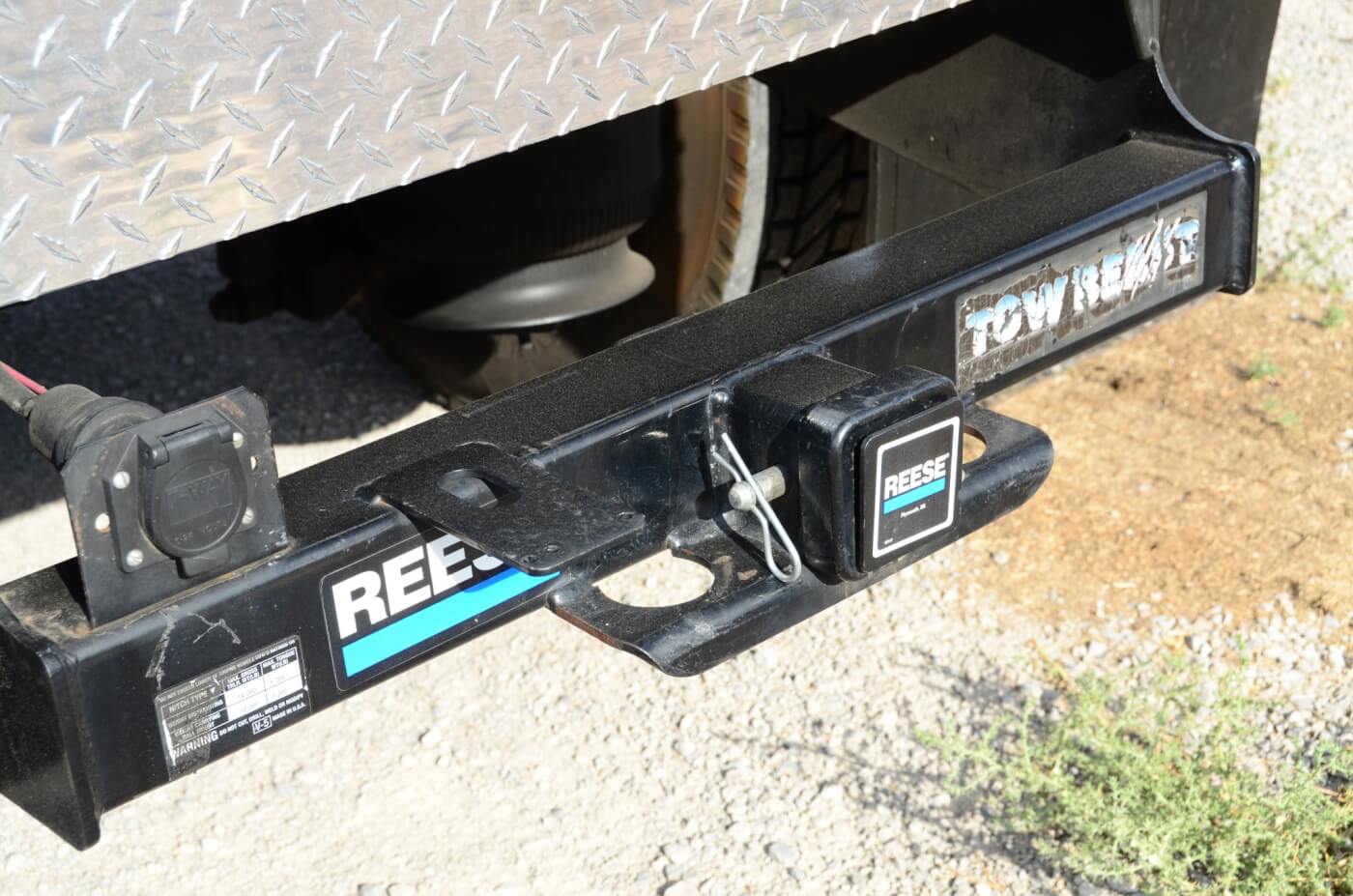
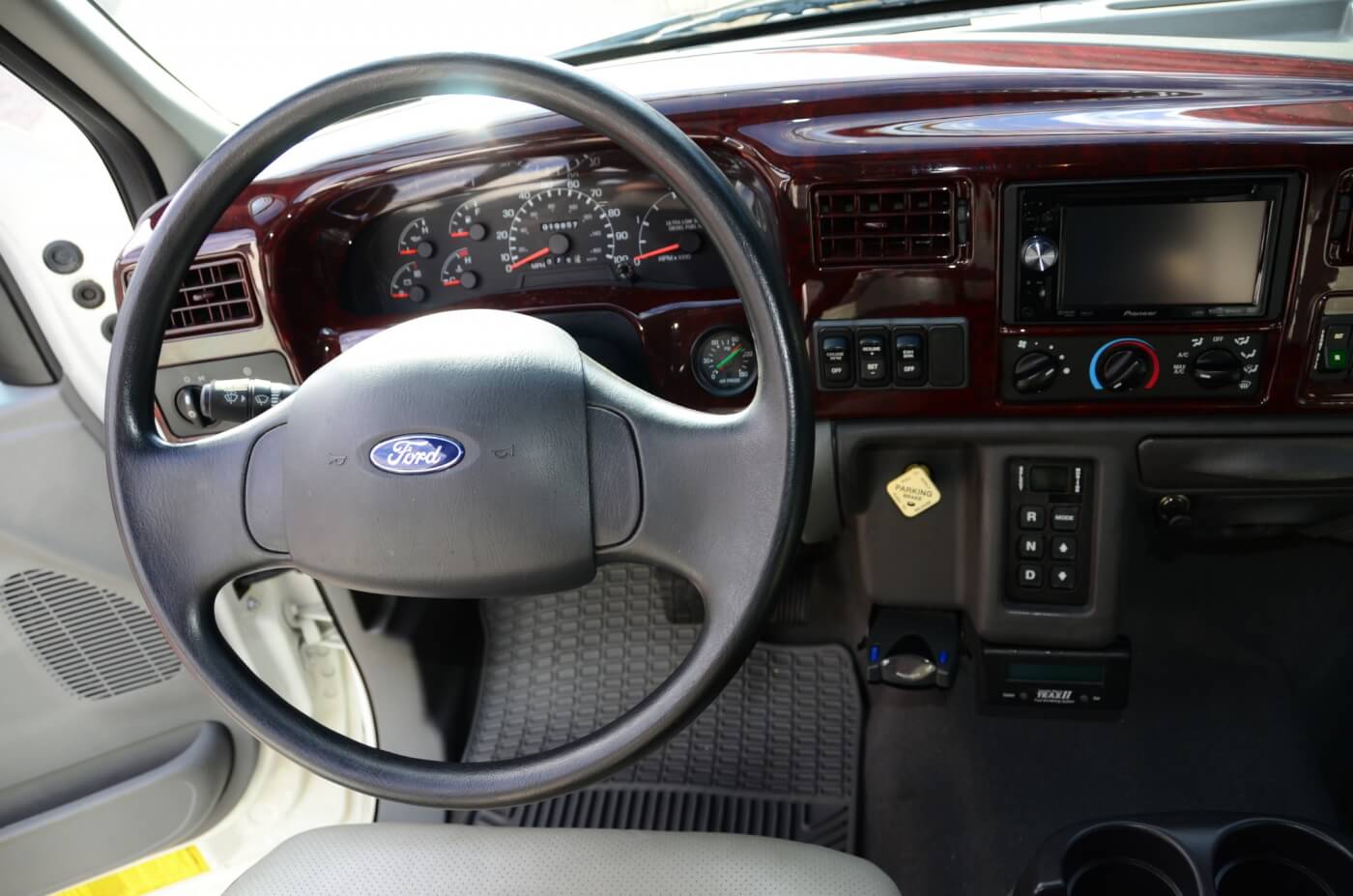
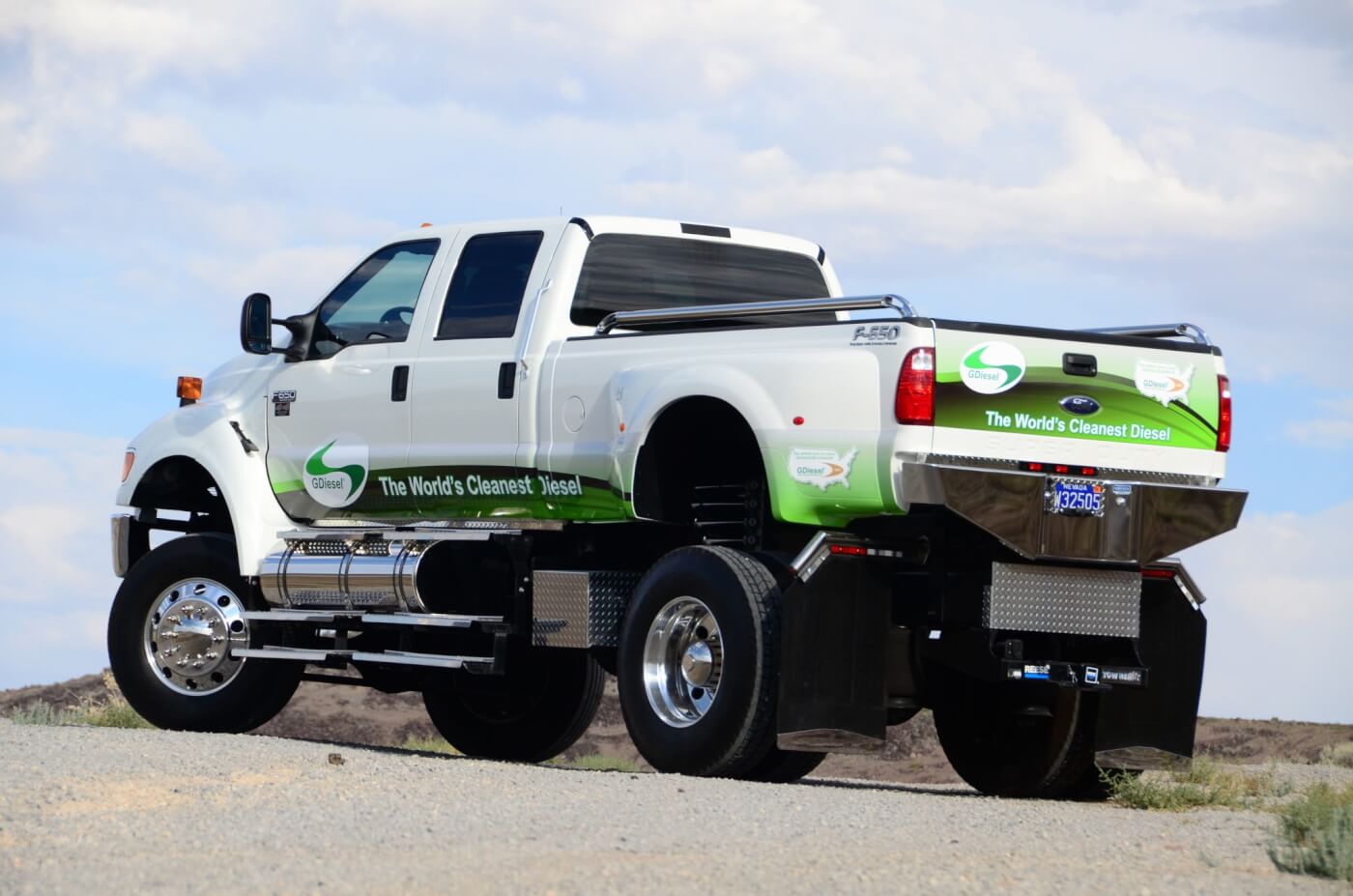
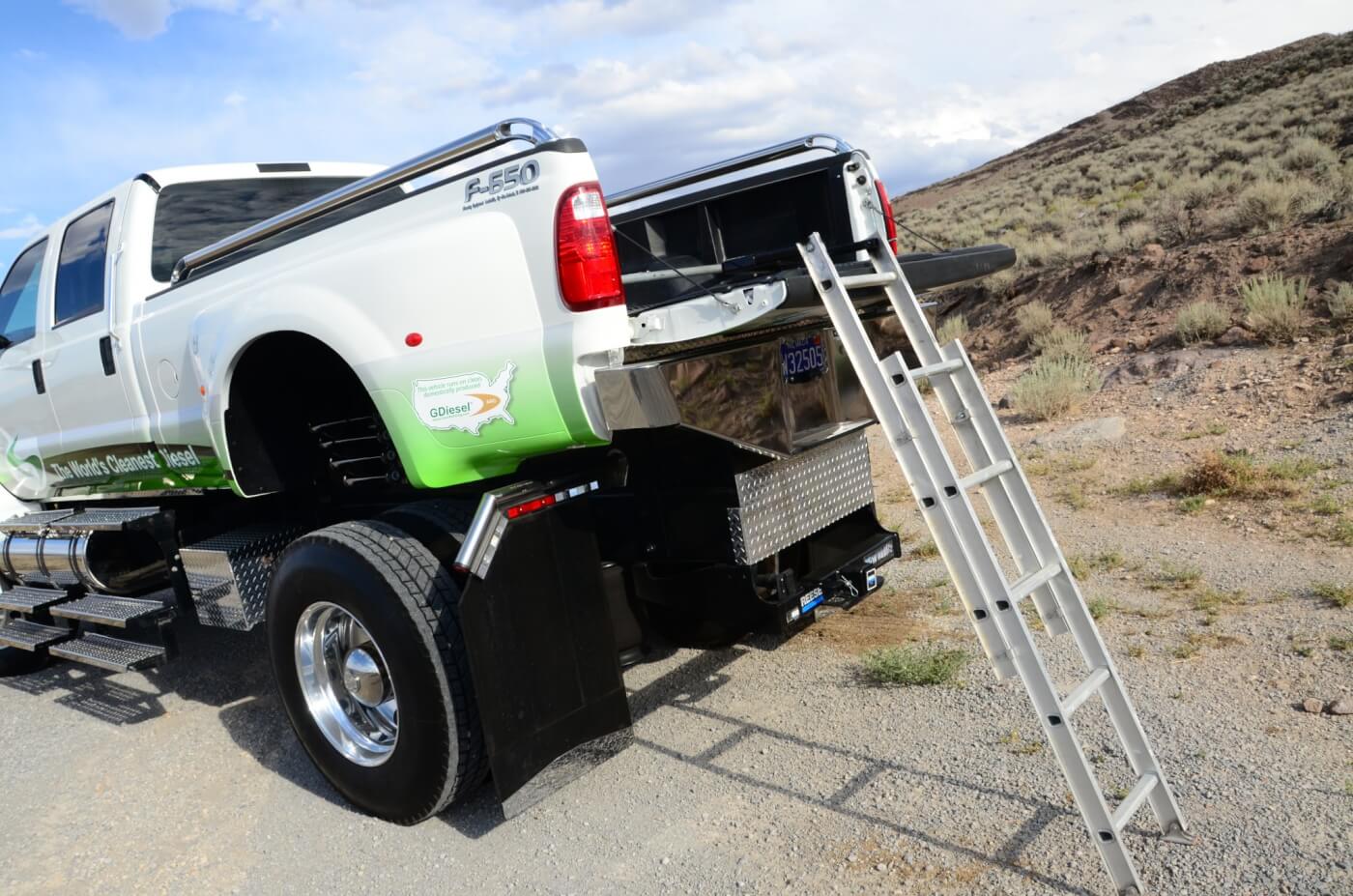
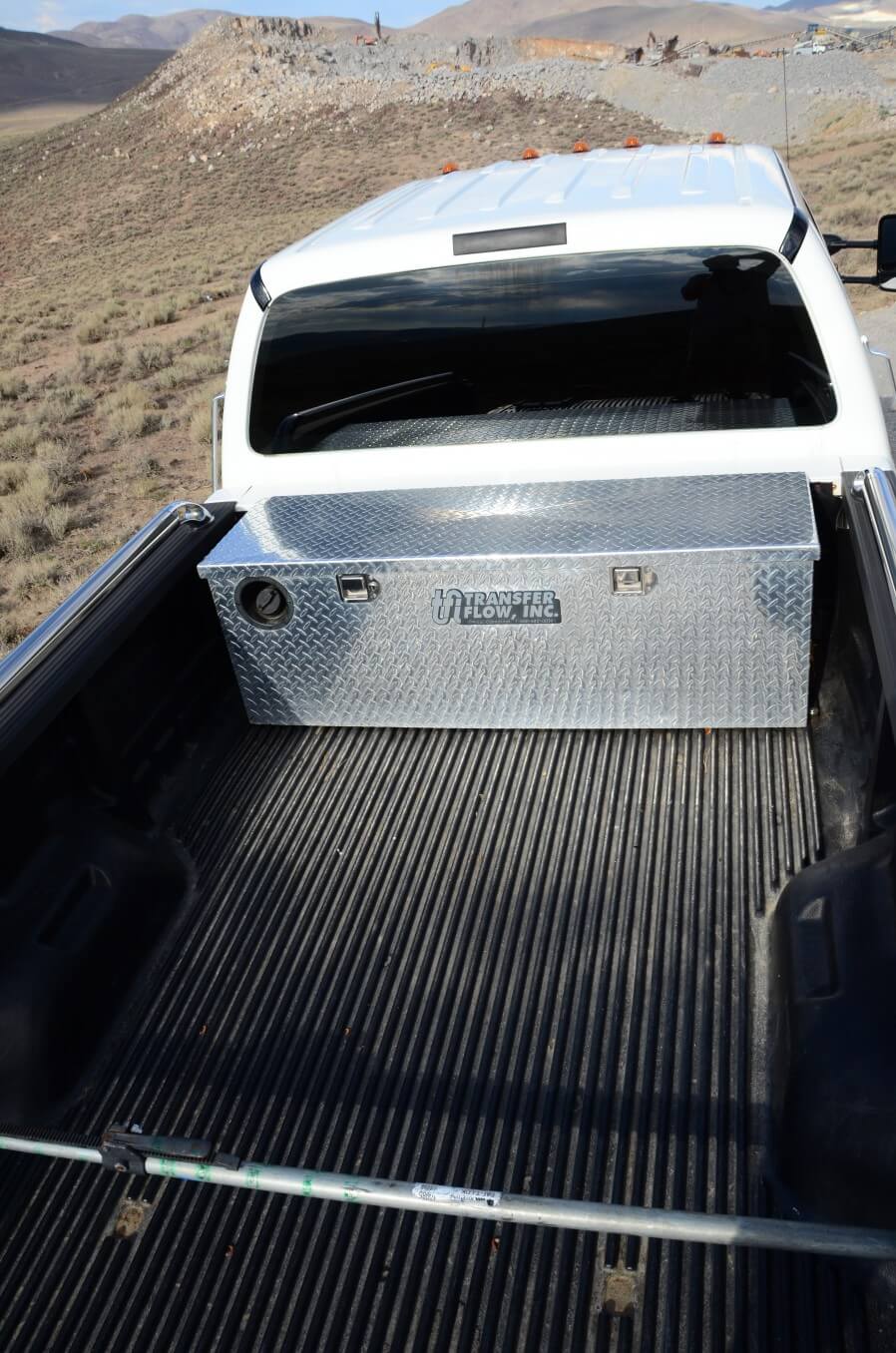
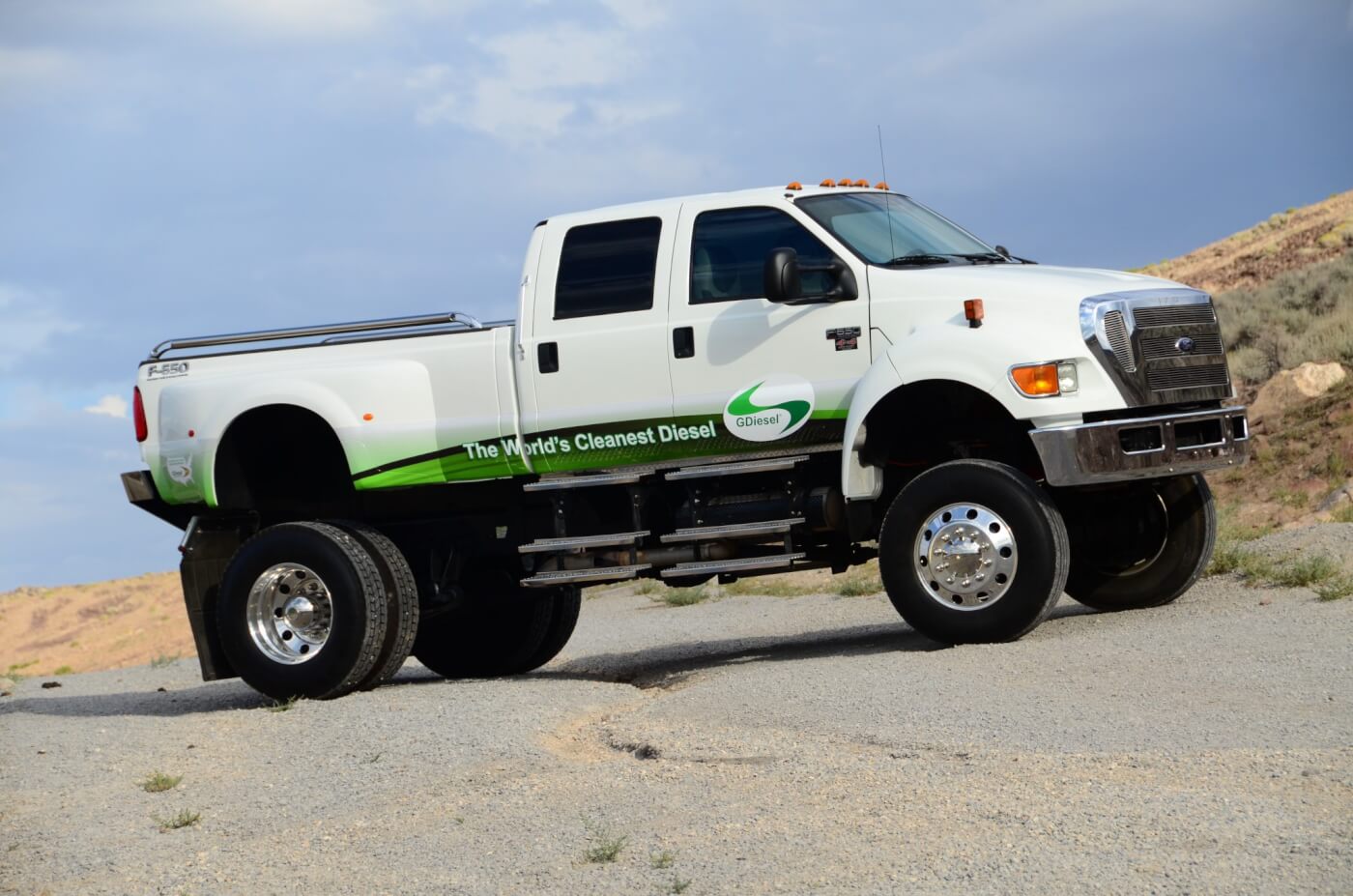
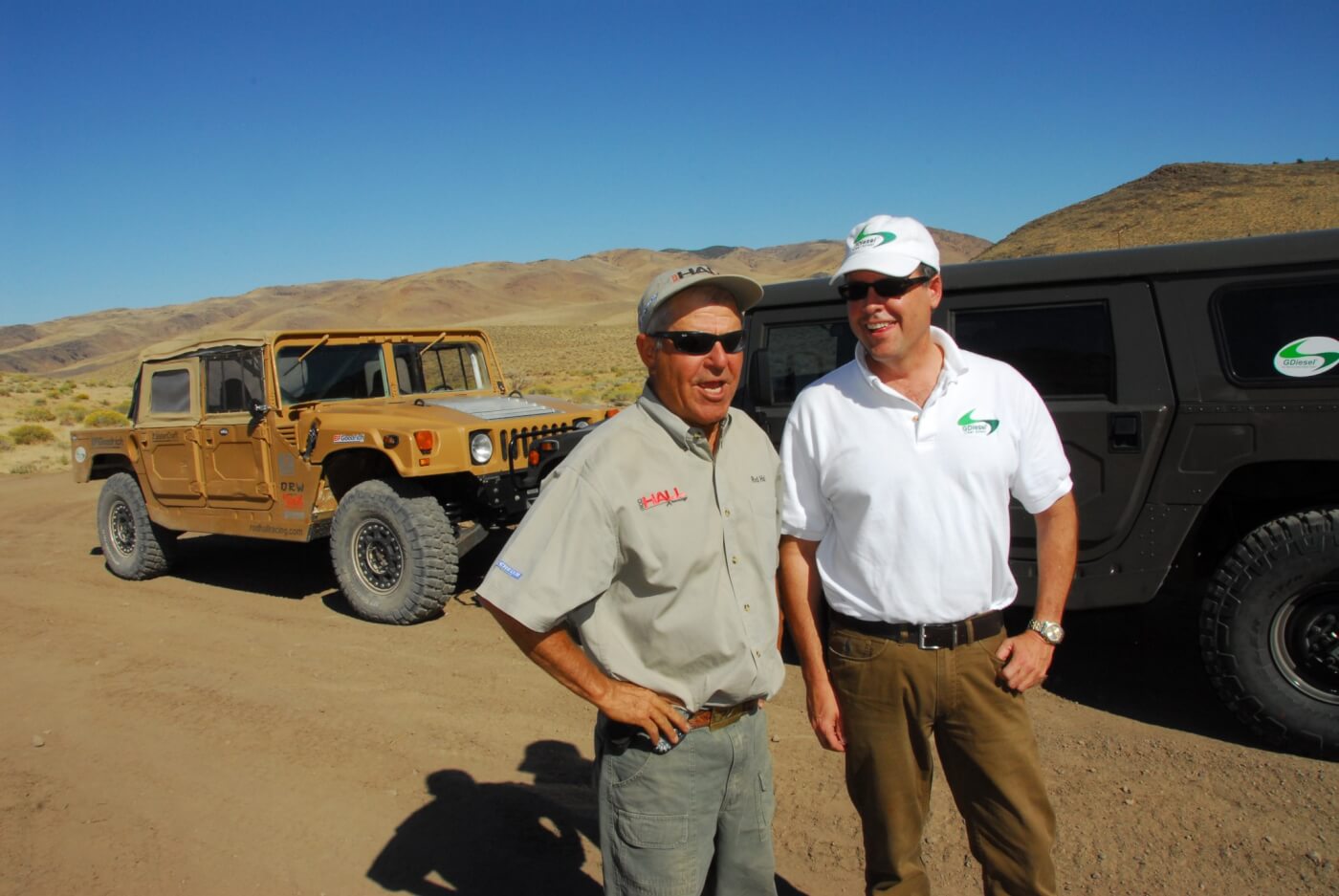
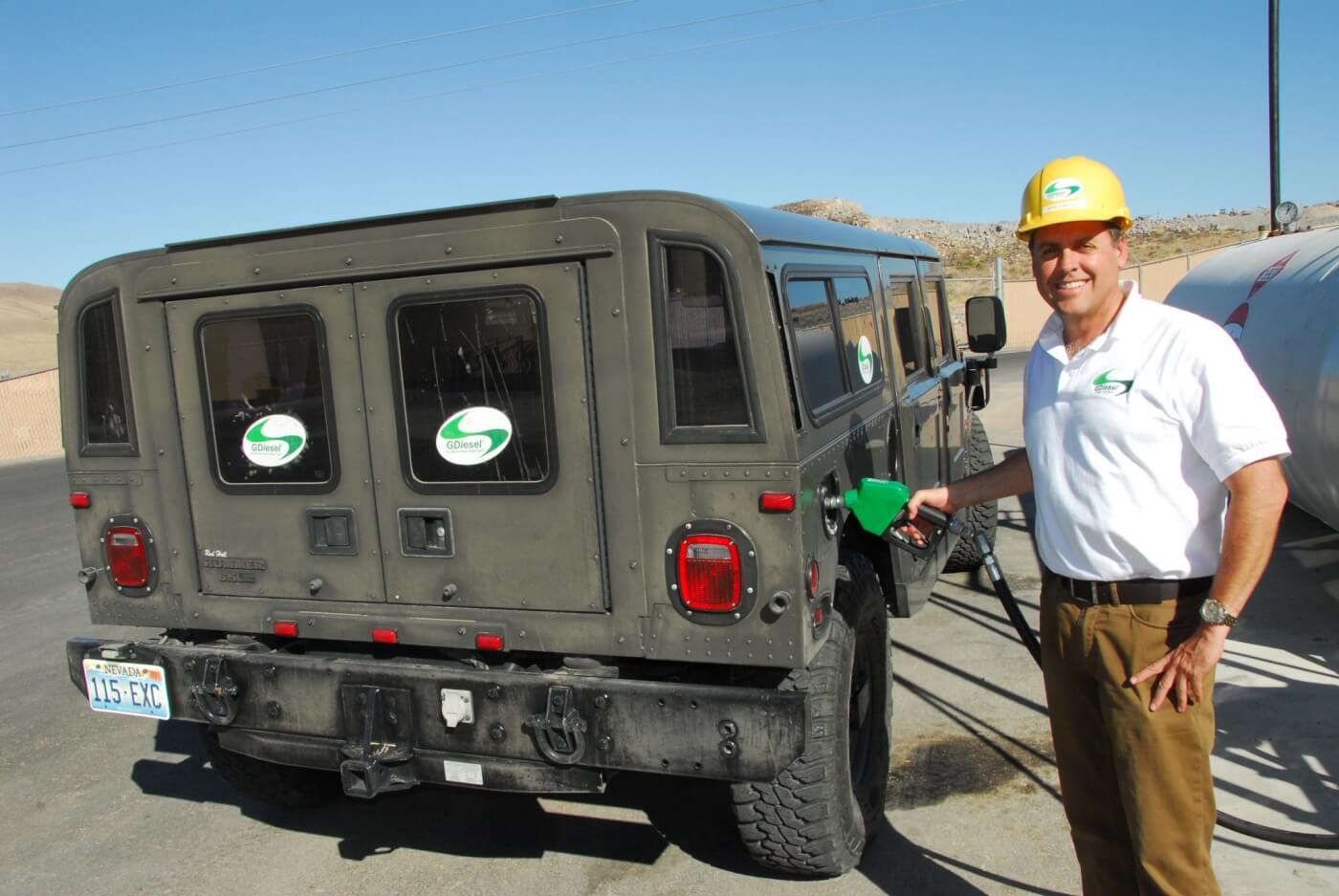
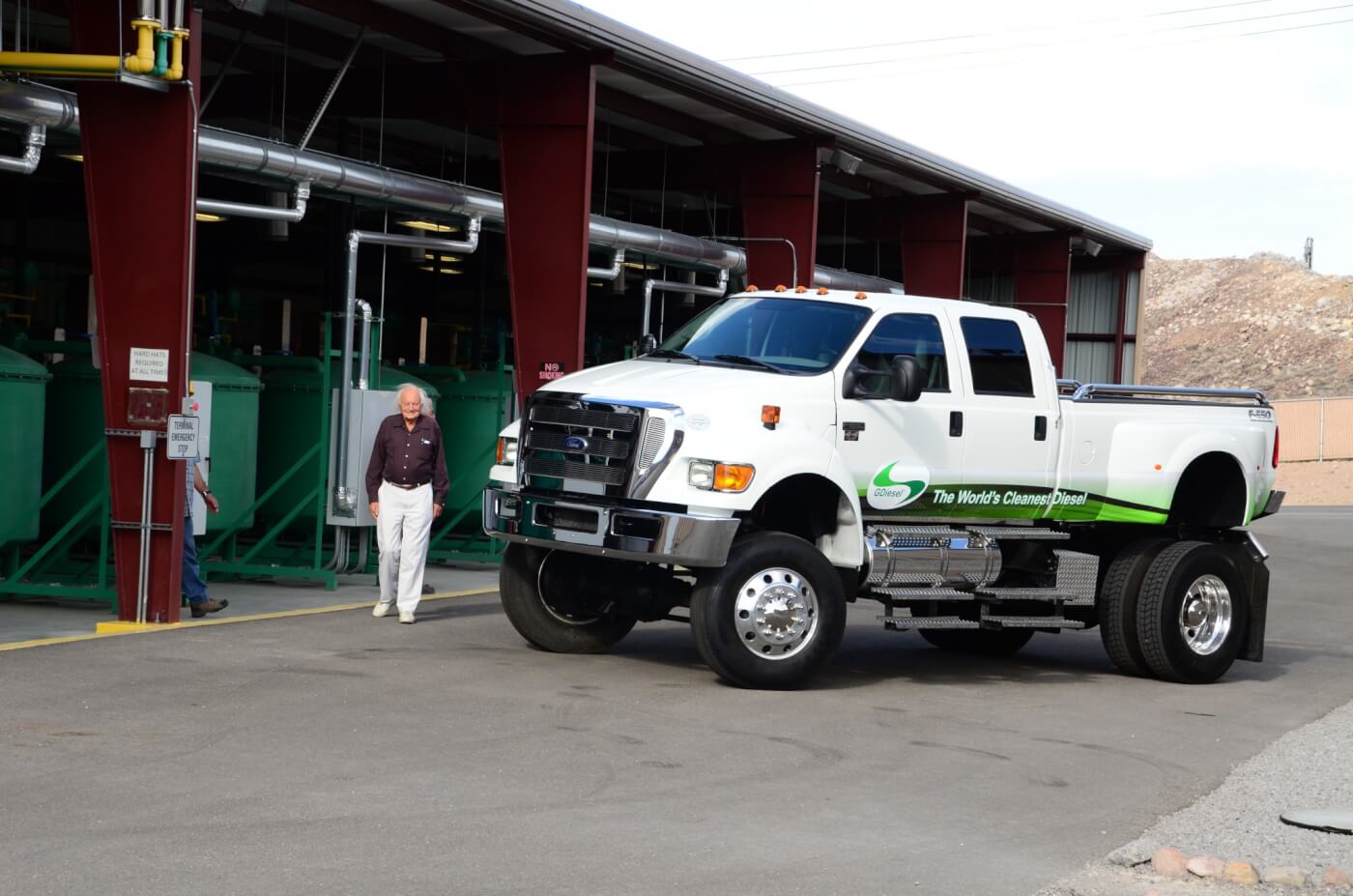
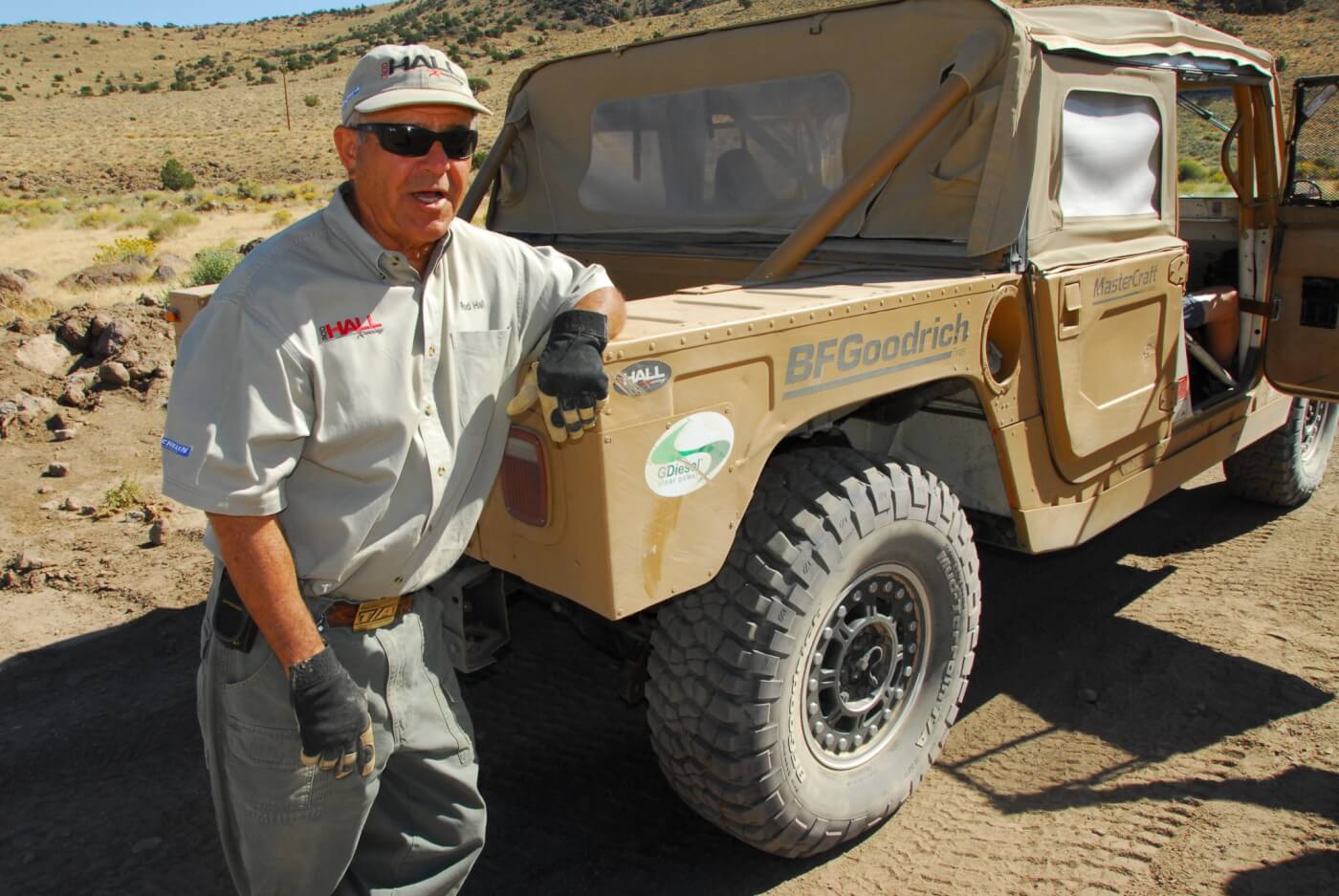
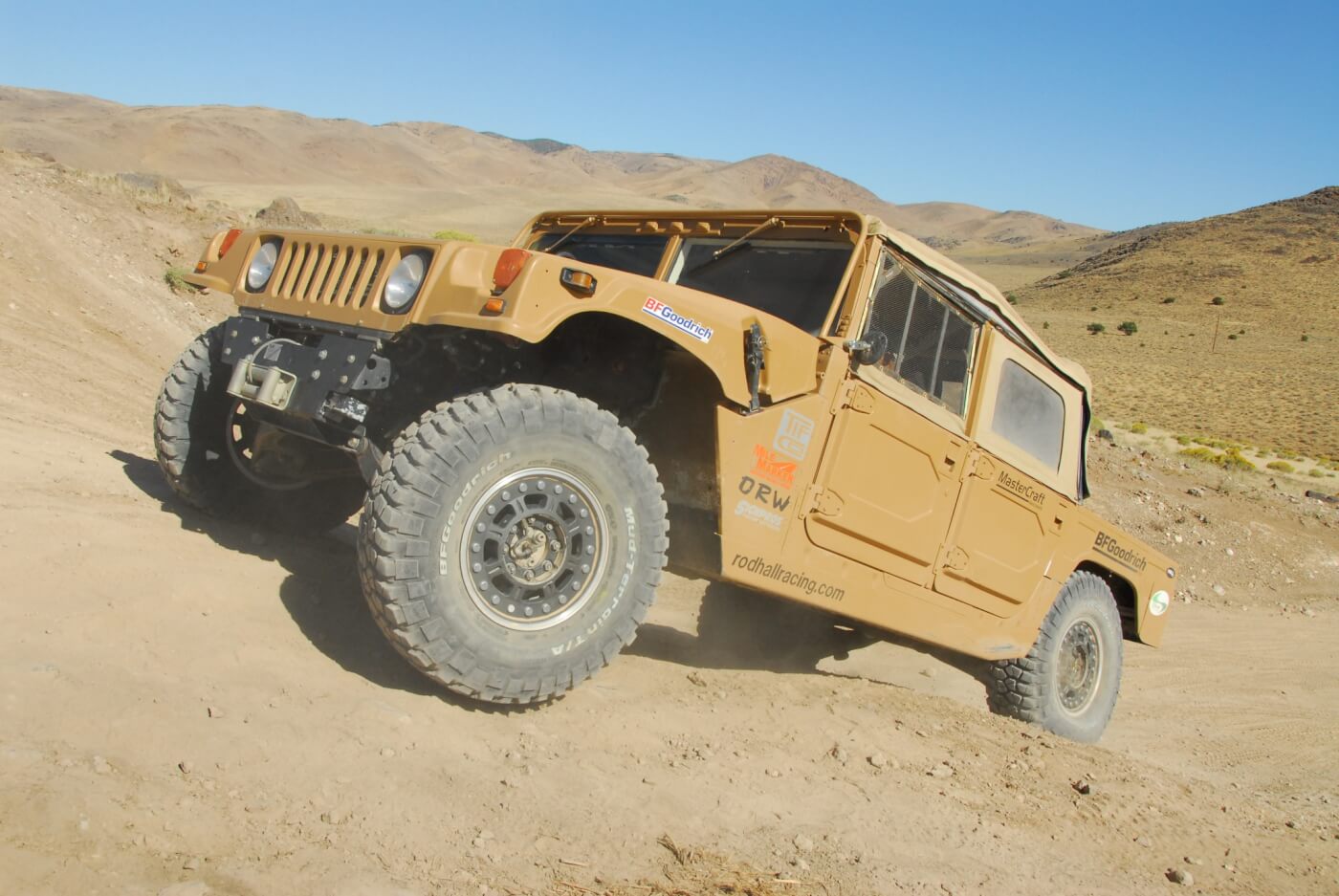
SOURCES:
Advanced Refining Concepts, LLC
775.826.2727
Manning Equipment, Inc.
502.426.5210



